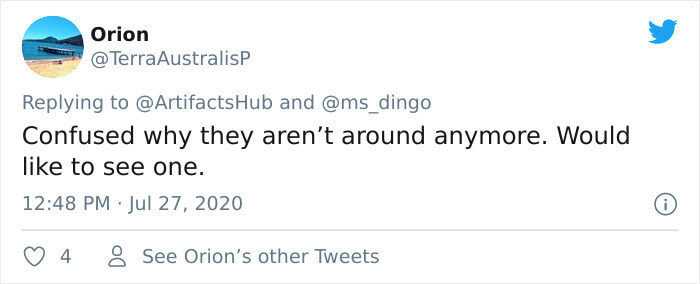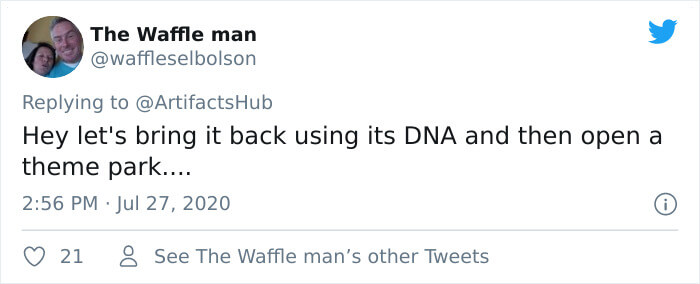Nowadays, humans have been expanding their knowledge and being able to explain many things they used to wonder about in the past. No matter how much we know, however, our knowledge covers just a little part of the entire planet. Some rare find shows that we are just starting to discover the world's secrets. That's why every single detail scientists and archaeologists manage to discover always sounds interesting to all of us.
An exciting finding was made three decades ago when an archaeology team explored a cave system on Mount Owen, New Zealand. A perfectly preserved claw was discovered, with flesh and muscles attached to it.
The claw looked very much like a claw of a dinosaur, but further study claimed that it belonged to a kind of giant bird called moa, which disappear from the Earth 700-800 years ago. The leg was believed to come from a moa that lived 3,300 years ago. Have a look at the enigmatic claw:
An exciting finding was made three decades ago when an archaeology team explored a cave system on Mount Owen, New Zealand. A perfectly preserved claw was discovered, with flesh and muscles attached to it.
The claw looked very much like a claw of a dinosaur, but further study claimed that it belonged to a kind of giant bird called moa, which disappear from the Earth 700-800 years ago. The leg was believed to come from a moa that lived 3,300 years ago. Have a look at the enigmatic claw:
 Source: Wikimedia Commons
Source: Wikimedia Commons
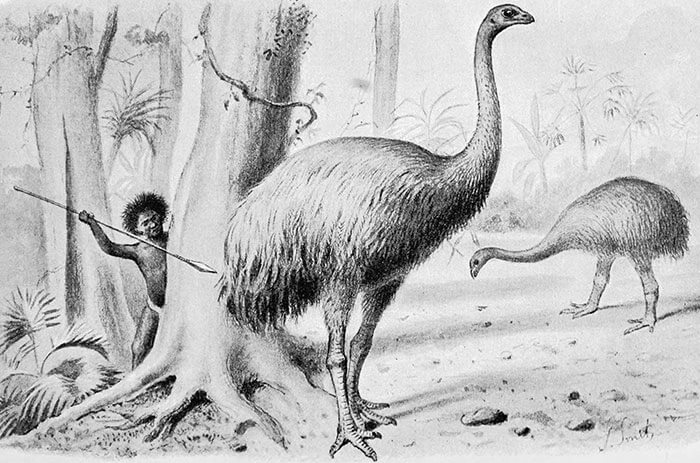 Source: Wikimedia Commons
Source: Wikimedia Commons
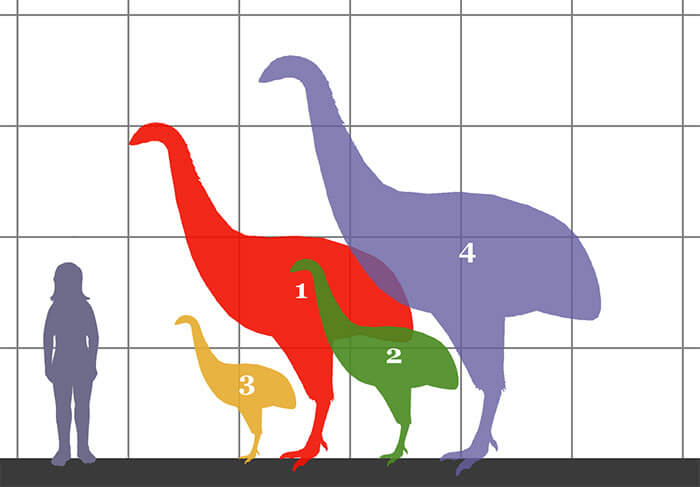 Source: Wikimedia Commons
Source: Wikimedia Commons
 Source: Wikimedia Commons
Source: Wikimedia Commons
 Source: Wikimedia Commons
Source: Wikimedia Commons
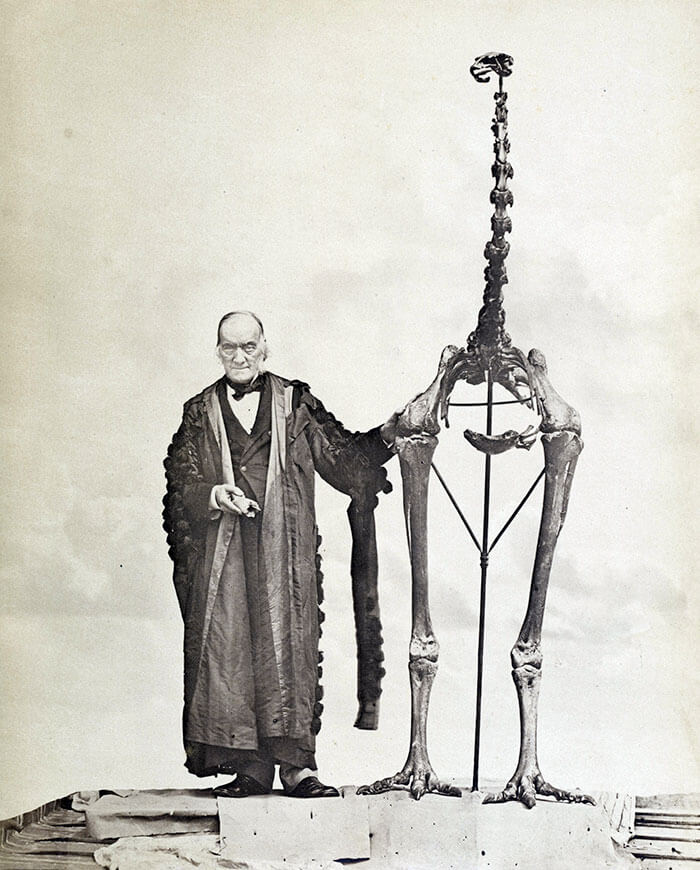 Source: Wikimedia Commons
Source: Wikimedia Commons
